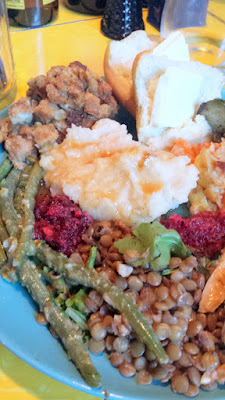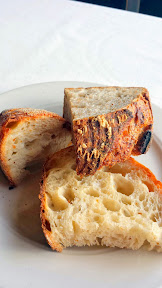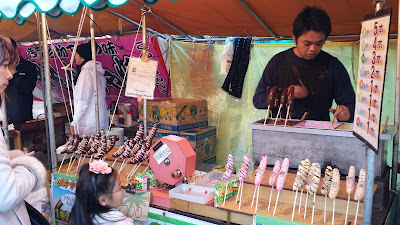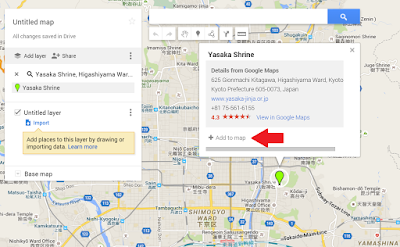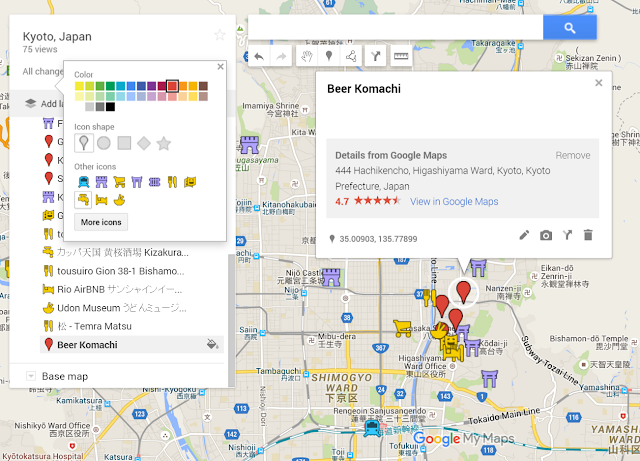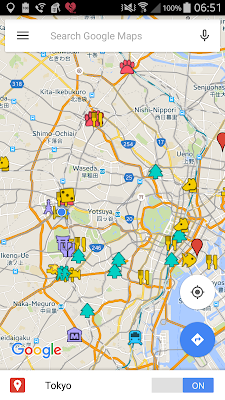This recipe for a Vegetarian Lentil Salad with Roasted Oranges and Radicchio is healthy and hearty, offering you lots of fiber and protein while also feeling satisfying. This salad leans much more on lentils than the greens, so if you’d like you could serve this on a bed of more arugula or other greens to make it a whole meal.

You can serve this warm – I don’t know about you but although I want to eat my greens, with the colder weather I also crave something warm, so this dish offers the best of both worlds.
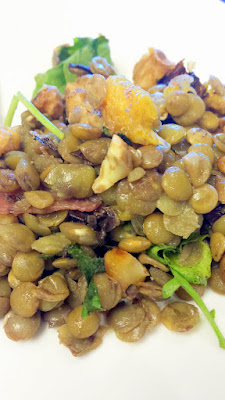
My version here was inspired by the recipe from the Vegetarian Times, although my version omits the shallots and increases the amount of lentils, walnuts, and adds in the handful of arugula. The oranges and orange juice add a bit of sweetness as well as acidity, while the toasted walnuts provide the nuttiness and crunchy textures now and then, both which balance out the lentils and arugula.
Ingredients:
- 4 oranges
- 1 head of radicchio

- Olive Oil – you will be using two tablespoons, first to roast and later as part of the dressing
- 1 1/2 cup French lentils, rinsed
- 1 1/2 cup orange juice
- 1 cup toasted walnuts – I toast them in a pan on the stove with a spritz of cooking spray butter whole, and then break them up later after the toasting

- 2 tablespoons of chopped mint
- A handful of arugula (about 1 1/2 cups)
Directions:
- The most prep work will be for the roasted oranges and radicchio. Preheat the oven to 400 degrees F. Cover a baking sheet with foil or parchment paper to prepare to roasted vegetables and fruits. You will need to thinly slice the radicchio into strips that you will be roasting with the oranges – think about the size you would see shredded into a a taco or salad. This should yield 4-6 cups of shredded radicchio.
- For the oranges, after peeling them, you want to cut them into sections so they are in wedges (think like chocolate oranges, but with a real orange) but remove the membrane. Squeeze the empty membranes into the same bowl you are placing the orange wedges to collect any extra fresh juice.

- You will want to toss the shredded radicchio into your orange bowl, and then add one tablespoon of olive oil and toss all together. Arrange all in a single layer on the baking sheet and let roast for 15 minutes or so in the oven. Stir the radicchio and oranges so it will roast the other side, and roast for another 10 minutes or so until the oranges are caramelized.


- While the oranges and radicchio are roasting, boil a pot of the 1 1/12 cup of French lentils in 2 1/4 cups of water mixed with 1 1/2 cups of orange juice. Once it comes to a boil, lower to heat to medium-low and let simmer for 30 minutes or so until the lentils are done. Drain lentils and place into your serving dish, but keep the cooking liquid.
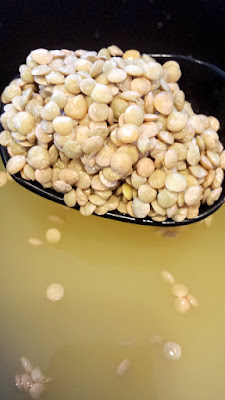
- In the pot with the remaining lentil cooking liquid to saucepan, and simmer over medium heat if necessary until reduced to 1/4 cup. Pour over lentils.

- When the orange and radicchio are finished roasting, add those to your lentils, and add in the last tablespoon of olive oil, the cup of toasted walnuts, 2 tablespoons of fresh mint, and a healthy handful of the arugula. Mix everything together. Depending on how it tastes, you may want to add a touch of sea salt and ground pepper to your liking.

Are you a fan of lentils? What’s your favorite way to enjoy lentils?


As for me, I served this as a side dish during Thanksgiving – they were great mixed in with the cranberry sauce and the mashed potatoes!

